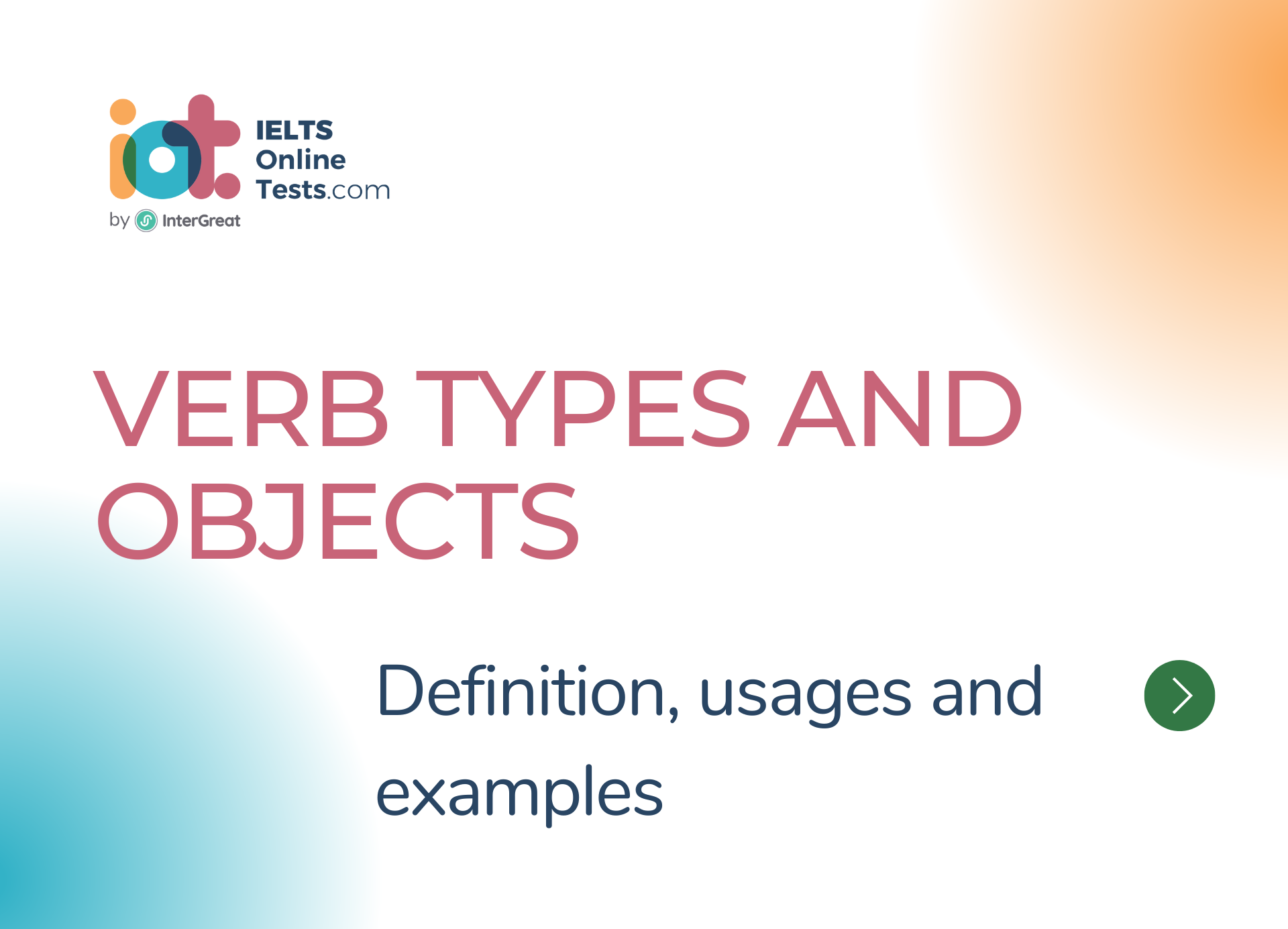
Verb Types and Objects
Different verb types interact with objects in various ways.
Here's an overview of how different verb types can take objects:
Transitive Verbs:
- Transitive verbs require a direct object to complete their meaning.
- They transfer the action directly to the object.
- Example:
- "She ate an apple."
- The transitive verb "ate" requires the direct object "apple" to complete the meaning.
- "She ate an apple."
Intransitive Verbs:
- Intransitive verbs do not take a direct object.
- They do not transfer the action directly to an object.
- Example:
- "She laughed."
- The intransitive verb "laughed" does not have a direct object.
- "She laughed."
Ditransitive Verbs:
- Ditransitive verbs take both a direct object and an indirect object.
- They transfer the action from the subject to both objects.
- Example:
- "He gave me a gift."
- The ditransitive verb "gave" transfers the action to both the indirect object "me" and the direct object "gift."
- "He gave me a gift."
Linking Verbs:
- Linking verbs do not take direct objects.
- They connect the subject with a subject complement (predicate noun or predicate adjective).
- Example:
- "She is a doctor."
- The linking verb "is" links the subject "she" with the predicate noun "doctor."
- "She is a doctor."
It's important to note that not all verbs require objects, and the presence of an object depends on the verb type and its meaning. Understanding the verb type helps in identifying the expected objects in a sentence and constructing grammatically accurate sentences. By using the appropriate objects with different verb types, you can convey precise information and enhance the meaning of your sentences.




